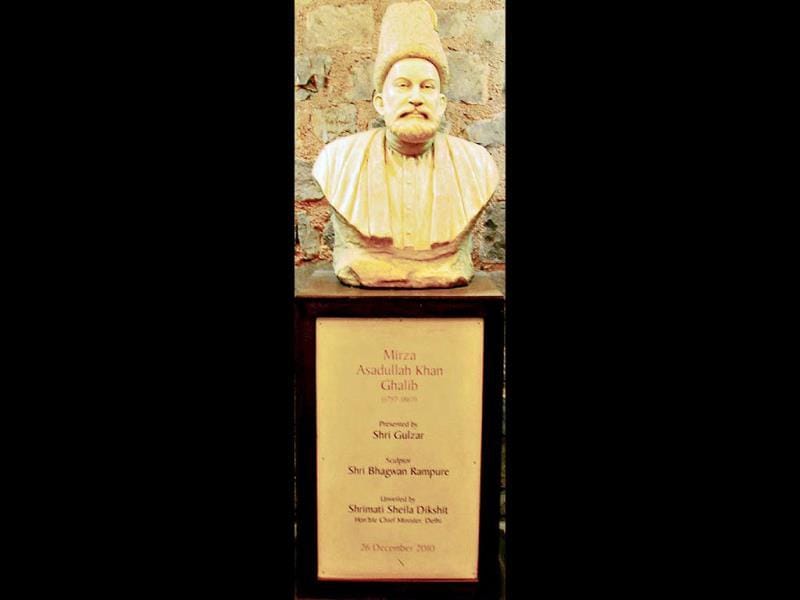Delhi, once home to the doyens of sher-o-shayari, is rekindling its romance with Urdu with international poetry festivals, baithaks and mushairas becoming a regular feature in the national capital. And, surprisingly, at the heart of this revival are young professionals — mostly engineers — who wear their love for Urdu on the sleeve and are even flaunting it in the digital space to promote the language.
Take Ranjeet Chauhan, a software engineer by training who consults for a multinational company. But, he’d rather be introduced as a shayar. The 31-year-old breaks into a sher (Urdu couplet) at the drop of a hat and seems more at ease with Urdu than the programming language which pays for his living.
“No other language can match the shirin (sweetness) of Urdu. It is the language of love, romance and culture. It has an auditory appeal that soothes your senses,” says Chauhan, who co-founded Jashn-e-Adab. The society organises the International Urdu Poetry Festival in Delhi — one of India’s biggest events dedicated to poetry.
The latest edition of the festival was organised last month with the next season scheduled for October-November.
In the last three months alone, Delhi has seen around six major Urdu festivals.
Though Bollywood still swears by it, the language of tehzeeb (culture) has suffered a steady decline in the number of patrons since the colonial era when English became the preferred language of the elite in social gatherings. Prior to that, Delhi witnessed the golden age of Urdu, and was home to noted poets like Mirza Ghalib, Zauq, Meer and Momin, among others. The language evolved with the composite culture of the city in the late 18th and early 19th centuries, borrowing from Khari Boli (a Hindustani dialect), Persian and Arabic.
According to Vishal Bagh, a Gurgaon-based software professional, who recites Urdu poetry and helps organise such events, the decline started in the communally-charged post-Partition era when Urdu began to be viewed solely as the language of Muslims. “This is changing now. In fact, speaking in Urdu has become fashionable among young people. Besides, a lot of youngsters are taking to art and poetry as they do not have many social connections in the city. Urdu poetry, dripping with love and emotion, provides instant succor,” he says.
The internet has played a major role in attracting the youth’s attention to Urdu. A number of dedicated professionals work relentlessly to digitize the vast repository of Urdu poetry and literature on numerous websites. Perhaps the largest among them is www.rekhta.org where over 12,000 ghazals and nazms spanning over three centuries and 1,200 poets are available in Devanagari, Roman and Urdu scripts.
Rekhta foundation — an initiative of IIT Kharagpur alumnus Sanjiv Saraf — which runs the website employs a team of 40 people, including IT professionals, composers, translators and social media experts at its Noida office. The organisation’s Facebook page has over 2.20 lakh likes and its Twitter account boasts of over 18,000 followers.
“Majority of the website’s traffic is from youngsters. Same is the case with our Twitter following,” says Dharmendra Saha, an engineer and MBA graduate who works with Rekhta. The foundation organized the Jashn-e-Rekhta international festival in March this year which was attended by 25,000 people.
One reason for Urdu’s growing popularity among the youth is its easy availability online in Devanagri and Roman script, feels Priyanka Bhaskar, an IT professional whose poets’ collective, Parwaz, has about 700 members –most of them engineers, CEOs and CFOs.
Delhi by Foot, a company that organizes theme walks in Delhi, also plans to come up with merchandise like T-shirts to promote Urdu couplets. “A lot of college-goers are taking interest in the language as they feel it is the best language to express matters of heart,” says Ramit Mitra, founder of Delhi by Foot.
It may take a while before Urdu regains its former glory but with an increasing tribe of young and dedicated patrons the wait may not be long.
